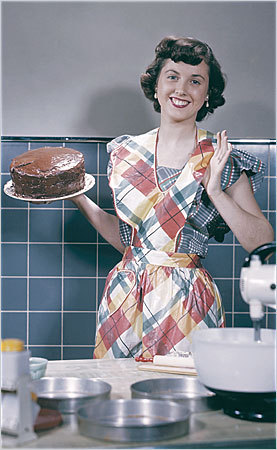
Book reviews are one of the things I feel I really cannot write well. So it helps that I don’t read very much that fits in with the subjects of my blog (I’ve since moved on to We Two, about Queen Victoria and Prince Albert, Narrative of the life of Frederick Douglass, an American Slave, and Incidents in the Life of a Slave Girl). But every media source, no matter how minor, deserves a few. What are we, animals?
Josephine Baker was an amazing and fascinating person, but I didn’t find her very likeable. She was a dancer, you could call it burlesque, in the 1920s. She lived a really extravagant life. In WWII, she became a spy for the French Resistance. In the 50s, she started adopting, collecting, babies from every country in a way that really puts Angelina to shame. When she couldn’t find one of the race or religion she wanted, she claimed that race or religion for a random child like it was a toy. These kids grew to only barely regard her as their mother.
Nazi-fighting, burlesque-dancing earth mother sounds pretty damn awesome. But Josephine was a shitty mother, an egotistical diva, and really crazy. If the above paragraph doesn’t tip you off, I don’t mean she just had wacky ideas, I mean she was really nuts. Her personality could change every couple pages from over-dramatically caring to cold heartless bitch, she had zero concept of money (tipping people 100$ when she was virtually homeless is just one minor example) and no concept of how she was making the people around her feel. She had a really overblown hate-on for America so that she refused to speak anything but French there, even to people she knew had no idea what she was saying. She had long, intense feuds with people for no good reason at all, usually because she was playing the race card, memorably when she spent years attacking a friend all over the press because she felt she waited too long for a table in his restaurant on a busy night. And she got sued more often than she changed her socks. She expected all the citizens in the town she lived in to line up on the streets when she came back from being on tour to greet her. And this is just a small sample.
Because such a person somehow managed not to captivate me past the first few chapters of the book, I lost interest. And you know what happens when I lose interest in a book? I refuse to abandon it once I’m 100 pages in or so except in extreme cases, such as when a book about mourning rituals turned into a visitors guide to every cemetery in California, and I pull through, very, very slowly. It took me 2 months to read this because it was painful to get through even 10 pages a day. And that really puts a cramp in my reading goals. This year I want to read 36 books and because of this thing now I’ve only read 7 so far this year. Pathetic.
I don’t think this is a bad book at all. It was well-written, well-researched, and quite lively. But I guess it just wasn’t for me. Josephine Baker is not my kind of person.

































